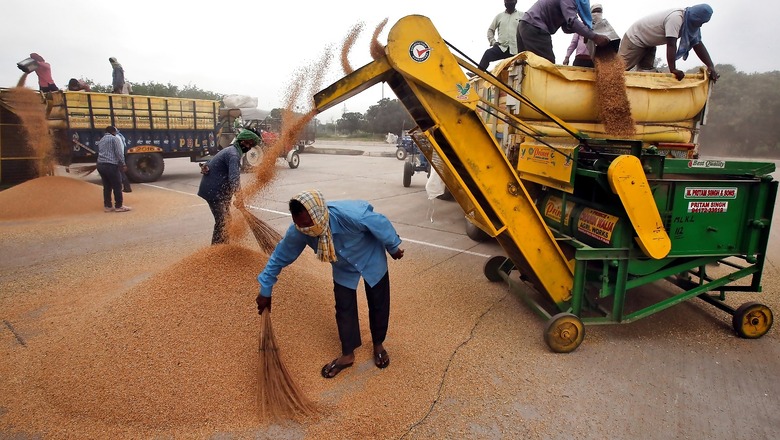
views
India is planning to provide wheat and rice as “gifts” to Yemen, Ethiopia, Syria and Afghanistan, from its overflowing granaries through the UN’s World Food Programme (WFP), two officials familiar with the matter told News18. The gesture would not only further India’s diplomatic outreach, but the proposed scheme would also save the storage and transportation costs of excess foodgrains in state-owned granaries, the officials further said.
The plans are to export foodgrains to these four countries from the central pool stock, which is managed by the Food Corporation of India (FCI). The FCI procures around 35% wheat produced in India for the central pool stock.
The central sector scheme, which has been in the works for over a year, would be sponsored by the Department of Food & Public Distribution under the Ministry of Consumer Affairs, Food and Public Distribution, News18 has learnt.
According to the officials, the WFP had initially sought from India an initial supply of two lakh metric tonne of foodgrains, including 1.9 lakh metric tonne of wheat and 0.1 lakh metric tonne of rice, as an immediate requirement to provide to the vulnerable population in needy countries.
A senior official said the WFP had later said it would want to procure more foodgrainsfrom India subsequently and thus the scheme will be open ended.
In February, India had signed an agreement with the WFP to distribute 50,000 MT of wheat it has committed to Afghanistan as a humanitarian assistance measure. Later in the same month, the first convoy of 50 trucks carrying 2,500 MT of the total 10,000 MT of wheat reached Afghanistan for distribution among the population by the WFP.
According to official data, in the crop year of 2020-21, India recorded a wheat production of 1,092 lakh metric tonne (LMT), which is 17% higher than the average of last 10 years. This had added to the surplus stocks in the country.
The surplus is calculated after taking into account the total requirement of foodgrains under National Food Security Act (NFSA) and other welfare schemes which is around 600 LMT.
Government officials said the export of just the initial 2 LMT of foodgrains would not only help the government to liquidate the surplus stock available in the FCI’s central pool stock, but also save over Rs 300 crore on acquisition, storage and other costs.
According to the FCI data, the closing stock position of wheat in the central pool on November 30 last year was projected at 378.53 LMT, and for rice, it was 213.03 LMT, even as 214.10 LMT was the total stock requirement as of January 1, 2022.
Highlighting this meant that 377.46 LMT was the projected excess stock, an official said plans to export part of this excess stock was aimed at maintaining domestic wheat prices thus helping farmers fetch a better price, freeing FCI from storage issues and reducing carrying cost and creating employment opportunities.
“But more importantly, this food gift will also contribute to India’s diplomatic outreach and enhance its soft power,” the official said.
Agricultural economist and a former chairman of the Commission for Agricultural Costs and Prices Ashok Gulati told News18 that this would be a good step as India owes it to several needy countries as a responsibility. The move, he said, will not help it get rid of the extra stock in its overflowing godowns, but also help cool down global prices and help India emerge as a compassionate country.
“India should help countries like Sri Lanka and other needy neighbouring and African nations by providing rice and wheat the same way it received help from the United States under Public Law 480 in 1960,” Gulati said.
‘PL 480’ was a programme of the United States for distribution of foreign food aid under which surplus commodities could be shipped to friendly nations on concessional or grant terms. Under this, it could also donate stocks to religious and voluntary organisations for different humanitarian programmes.
“Providing some stocks free of cost to these nations or at a discounted price will raise the stature of India, thus making it a wise, globally-responsible power,” he added.
He further explained that countries such as Sri Lanka need rice at this point while many other African nations would need wheat.
“When food is scarce, social riots ensue. Having a three times buffer on food grains, India should give part of the excess buffer stock to the needy countries in Africa or Asia. The larger part of the stocks can still be sold in global markets to cool off prices and India can make a reasonable profit from that,” he said.
Country-Wise Wheat, Rice Requirement
It is learnt that that the selection and coverage of target population will be carried out by the WFP as is being done in the case of Afghanistan.
A second official said the estimated quantity of wheat required by the four countries is 1,90,000 MT.
Of this, Yemen and Afghanistan require 60,000 MT each, Ethiopia and Syria need 40,000 MT and 30,000 MT. Syria also requires 10,000 MT of rice.
Yemen is said to have the highest shortfall for wheat at 2,31,000 MT while Syria has the lowest shortfall at 65,000 MT. Syria also has an estimated shortfall of rice at 28,000 MT.
According to the second official, quoted above, these figures were provided by WFP.
The scheme also says that the WFP would procure 95,000 or 50% of the required quantity of wheat from the FCI at Rs 240 crore and 50% of the required quantity of rice or 5,000 MT from FCI at Rs 90 crore, which include the cost of procurement and transportation.
WFP is a top humanitarian organisation that provides food assistance to the vulnerable global population in emergencies and works in other spheres such as nutrition, creating sustainable livelihoods, among others, across the world, including in conflict and disaster-prone countries.
omatic Outreach
Read all the Latest News India and Breaking News here












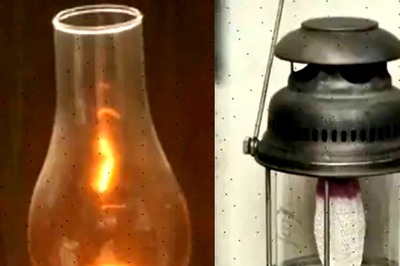

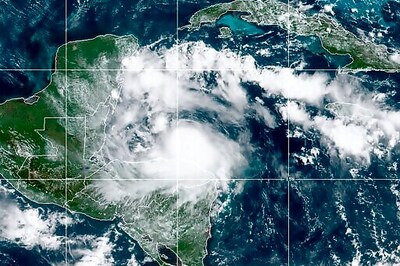



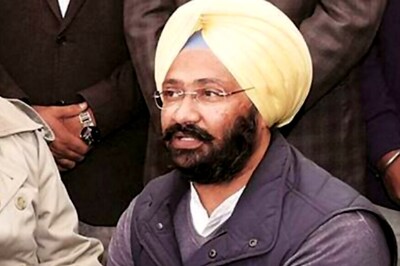
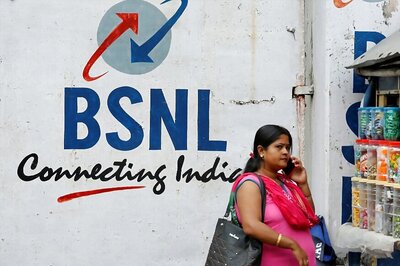
Comments
0 comment